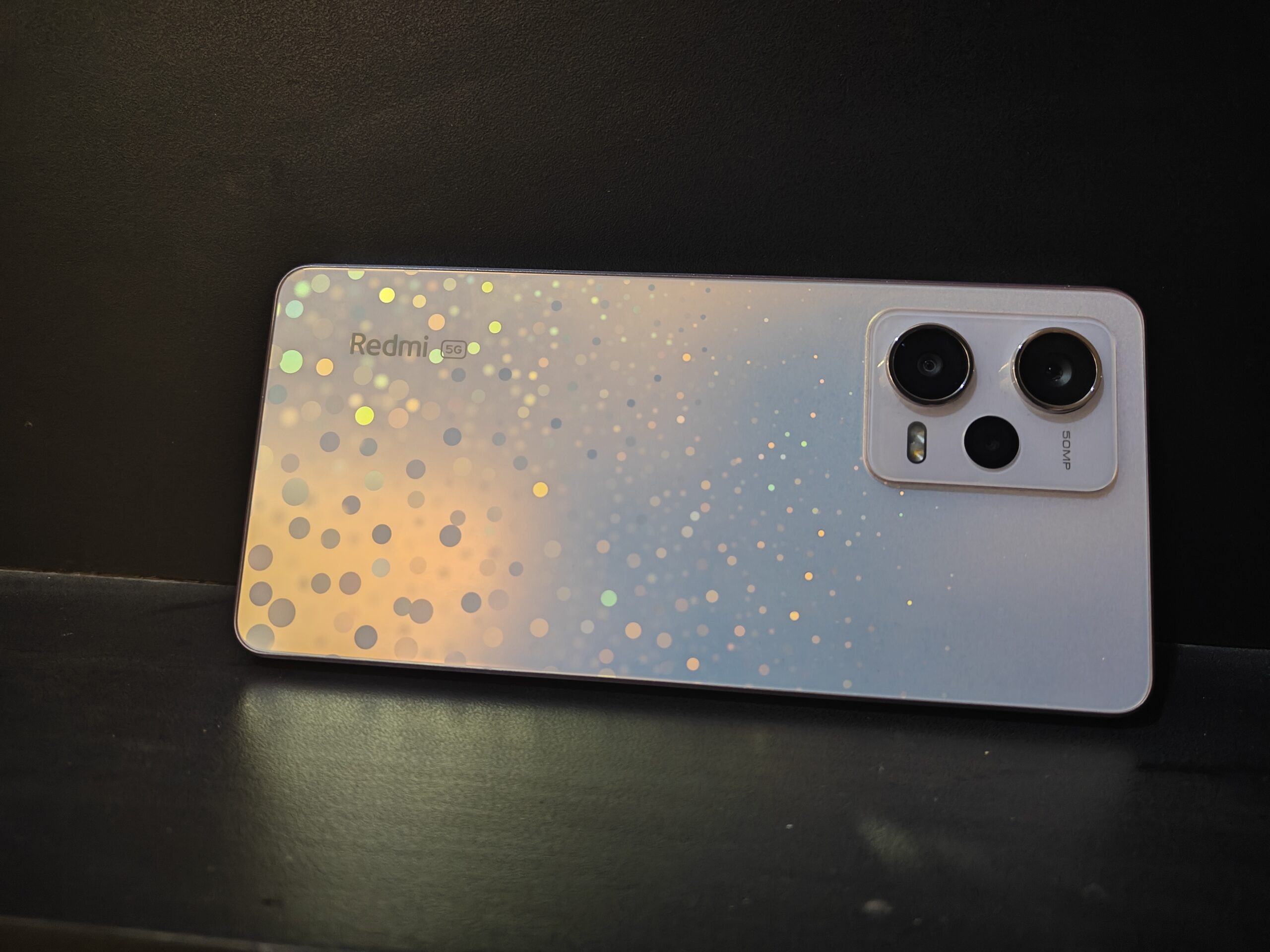The Redmi Note series has undoubtedly been Xiaomi’s trump card in the Indian market. The series has been beloved by Indian consumers for the longest time as it is usually placed in the budget segment and offers great value for the price. This time around with the Redmi Note 12 series, things were a little different. While the Redmi Note 11 Pro was introduced at ₹16,999 in India, its successor was introduced at a hefty asking price of ₹24,999 pushing it to the midrange section. So, does the Redmi Note 12 Pro justify its price? Let’s find out –
Design and Display
The Redmi Note 12 Pro sports a 6.67-inch Full HD+ AMOLED display with 2400 x 1080 pixels. It sports a 120Hz refresh rate and 240Hz touch sampling rate. Running the device on 120Hz offers a buttery smooth experience. The display is also equipped with HDR10+ support that works beautifully for YouTube, Netflix and other OTT platforms. A rarity in this price segment is the Dolby Vision support which is a treat to the eyes while streaming content on YouTube. Adaptive refresh rate allows the device to switch between 30Hz, 60Hz, 90Hz, and 120Hz depending on content. I watched hours’ worth of content on the Redmi 12 Pro and there was never a dull moment. The display produces punchy colours and ample brightness for an immersive viewing experience. The tiny punch-hole camera sits at the top of the screen which doesn’t intrude while watching content. Above the display rests the earpiece that also doubles as a secondary speaker. The in-hand feel of the device is superb and it’s built like a flat brick. It is just 76mm wide and 7.98mm thick weighing 187 grams which makes it easy to hold.
Performance and Camera
The Redmi Note 12 Pro runs on an octa-core MediaTek Dimensity 1080 SoC chipset. The D1080 is paired with 6 or 8GB of RAM, the device we used was the 8GB RAM variant coupled with 256GB storage onboard. The 12 Pro also gets RAM expansion of up to 5GB of virtual memory. Sadly, the device sports Android 12 out of the box which is a disappointment. However, Xiaomi has promised an Android 13 update. With the D1080 and 8GB of RAM, day-to-day tasks like social media and streaming content on the device were a smooth ride. While playing graphics-heavy games like COD on the Redmi Note 12 Pro, some frame drops were experienced but they were negligible. Overall, the device provided a stable performance overall. It packs a large 5000mAh battery that can be juiced up with a 67W charger.
Redmi Note 12 Pro houses a 50-MP Sony IMX766 primary sensor which is its highlight. The same sensor was present in yesteryear’s multiple devices with impressive results. It also includes an 8MP ultra-wide camera and a 2MP macro camera. It houses a 16MP camera in the front for selfies. The primary camera of this device is capable of clicking some awesome photos with crisp details. Some over-saturation could be witnessed during low-exposure shots. Check out the camera samples of the Redmi Note 12 Pro below –
Verdict
The Redmi Note 12 is a capable device that can pretty much handle everything you throw at it. There are some features like Dolby Vision and adaptive refresh rate that are usually not present in devices at this price point. While it is a solid option for people looking for a device under ₹30K, I am not sure about it being the best value for your money.
What’s Good
- Amazing screen with adaptive brightness
- Battery life
- Smooth performance
- Dolby Vision
What’s Bad
- Android 12
- Bloatware
Rating: ⭐⭐⭐½
